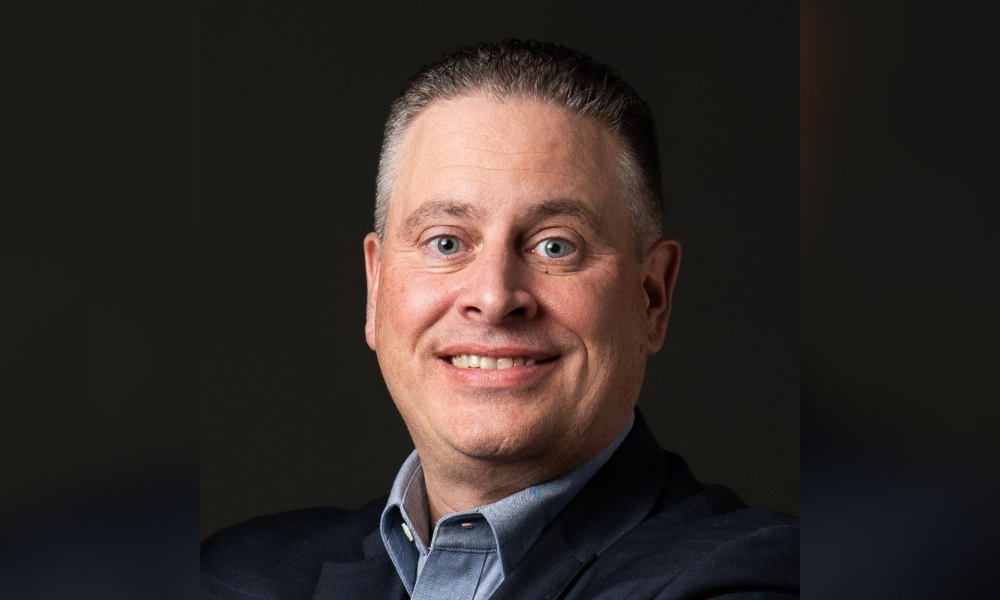Don't forget the role of communication in pension planning, warns Actuarial Solutions president

Canada’s pensions landscape has undergone some seismic changes over the last decade. Speaking to Benefits and Pensions Monitor, Jason Vary, president at Actuarial Solutions Inc., says that the biggest challenge people have been grappling with is the aftereffects of funding reforms from the late 2010s.
Vary further discusses the challenges faced by private sector employers around Defined Benefit (DB) plans, particularly the volatility in contributions that has driven a shift towards Defined Contribution (DC) plans and RRSP plans with fixed contributions.
“The main complaint that private sector employers had around DB plans was that their contributions would go up or down significantly at times,” he explains. “It's just hard for them to plan for that.”
This volatility, as Vary points out, has been a significant driver behind the preference for more predictable pension funding models. And, in discussing the reforms' impact on reducing financial volatility for employers, Vary highlights the nuanced balance achieved through the new funding reform rules.
“These new funding reform rules reduce the volatility a fair bit on a relatively fair basis, the provision for adverse deviation increases the funding target for clients but it makes it more stable,” he adds.
Amidst these regulatory shifts, Vary also touches on the innovative strategies employers are adopting to manage their pension plans, including merging DB plans with deficits and surpluses, and even combining DB plans with DC plans.
“Some are taking contribution holidays,” says Vary. “Some are merging their plans together... one plan might have a surplus one might have a deficit... merge them together, then the plan as a whole now is well funded. Or merge a DB plan with a DC plan - and therefore use the DB surplus to fund for DC contributions going forward.”
Yet despite these strategic adaptations, Vary paints a somber picture of the ongoing challenges facing DB plans, describing a “slow and painful death” for single-employer DB plans.
“ASI is almost like the caretaker at the end of life.,” he says. “We're the nursing home to compassionately take care of DB plans as they end their lives.”
Turning his attention to the annuity market, Vary sheds light on the current dynamics affecting the procurement of annuities by pension plans.
“The annuity market has been very, very, very busy for the past year,” he says. “It's always a challenge - especially on the smaller end of the scale that my clients are. If you've got a $10 million DB plan or a $5 million DB plan and you're trying to get the attention of the insurance companies to quote on the annuities, it can be a challenge at times. That’s because they're busy worrying about the bigger ones. And there's just a lot of demand right now - there's only so many insurance companies available to quote.”
And this merging of single employer DB plans into larger, jointly sponsored ones is an increasingly prevalent phenomenon. These large, multi-employer plans, while not directly named are changing the pension landscape - offering a lifeline to single-employer DB plans seeking stability and sustainability.
“You can have DC-like contributions going in and providing a DB- like benefit coming out at the end. So it's not pure DB. It's not pure DC, it's halfway in between – and that can be a best of both worlds kind of scenario,” says Vary.
However, it’s not always as easy and straight forward as it sounds – due diligence and clear communication are key to success here.
“The challenges are making sure you're asking the right questions,” says Vary. “Setting clear objectives for the employer and its employees on the way in to make sure what you have right now is good enough. [It’s about] communicating early and often with the employees. The vacuum of silence breeds conspiracy theories and mistrust.”
Through innovative approaches such as ‘Ask an Actuary Anything’ webcasts, Vary and his team were able to demystify the process, addressing employee’s concerns and questions directly and thereby fostering a sense of inclusion.
“Communicate openly and regularly with the regulator,” he adds. “Because the regulator has to approve mergers from one plan to another. Having an early dialogue with the regulator was very helpful.”
And while some market trends can be predicted, the current economic and geopolitical fluctuations are changing a lot of regulations. The question for many individuals is how do you adapt to the challenges and opportunities in the industry right now – and ensure you’ve got that security of benefit for the future.
"My number one message really is people need to save more for retirement,” says Vary. “They need professional [advice] to help them understand how much more they need to save for retirement - how to save it how to invest it."
Vary also stresses the importance of access to professional advice, noting the critical distinction between sales-driven advice and guidance that genuinely prioritizes the client's best interests.
"The key is to make sure that the professional has the employees' best interest at heart - not their own best interest."
And, highlighting a strategic approach to retirement savings, Vary advises against offering employees investment choice within capital accumulation plans.
"Don’t give employees investment choice. Just put all employees mandatory into a Balanced Fund or into a Target Date Fund. That’s good enough for virtually everybody. I would also not require matching contributions. By not putting in their employee contributions, they forego employer contributions. And so the employer is saving money because the employee can't afford to make contributions – and that doesn't really sit well with me.”



